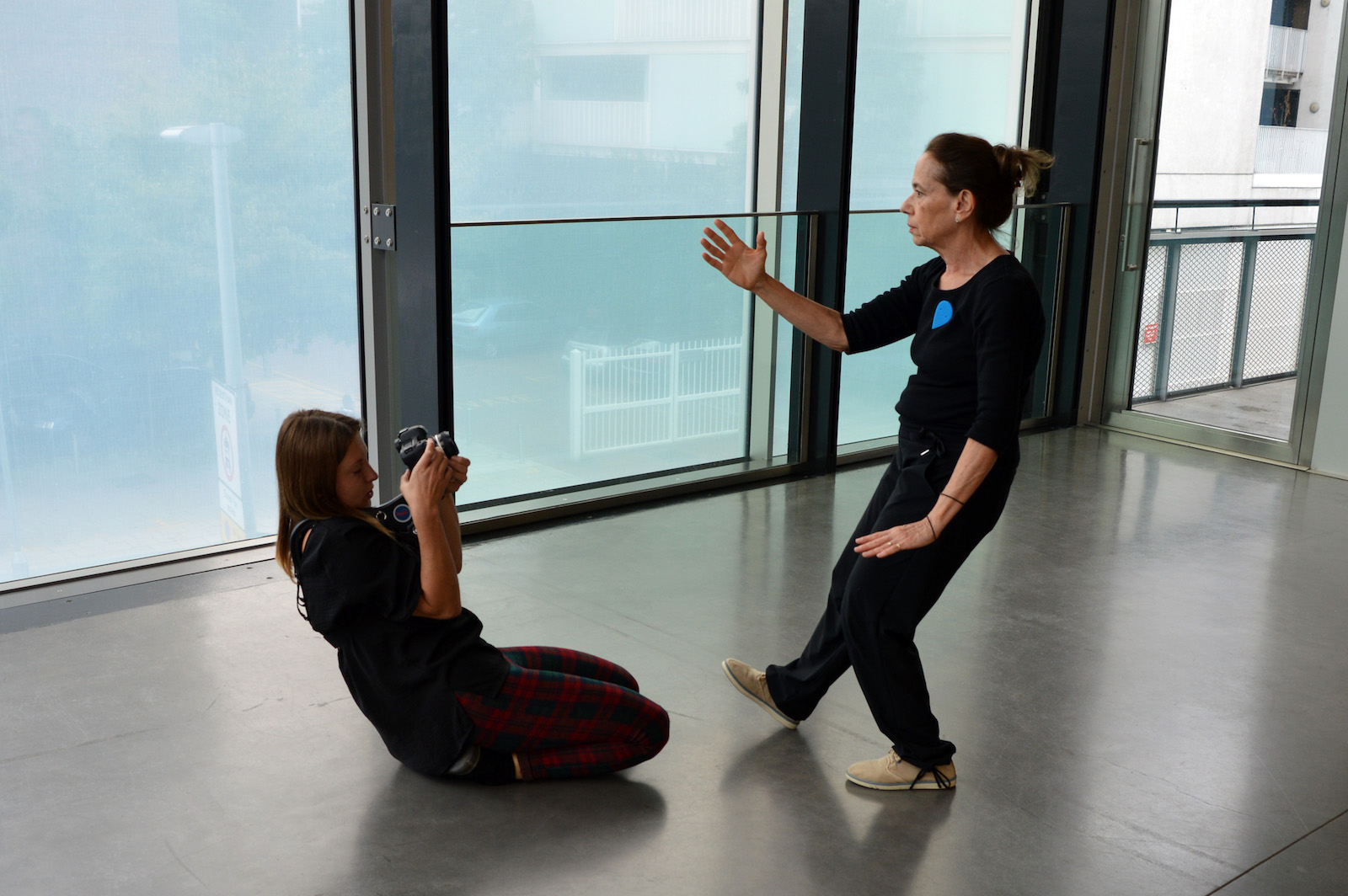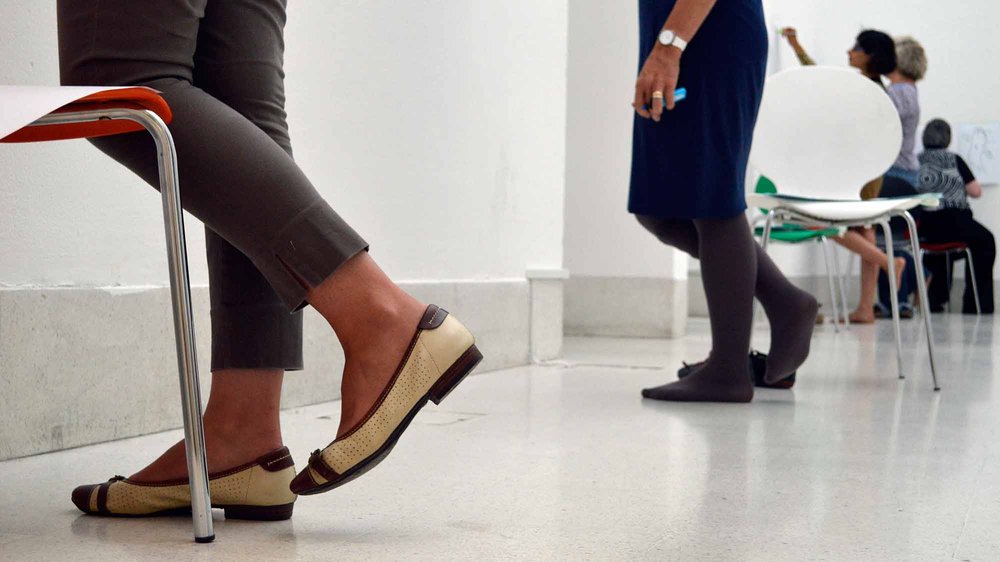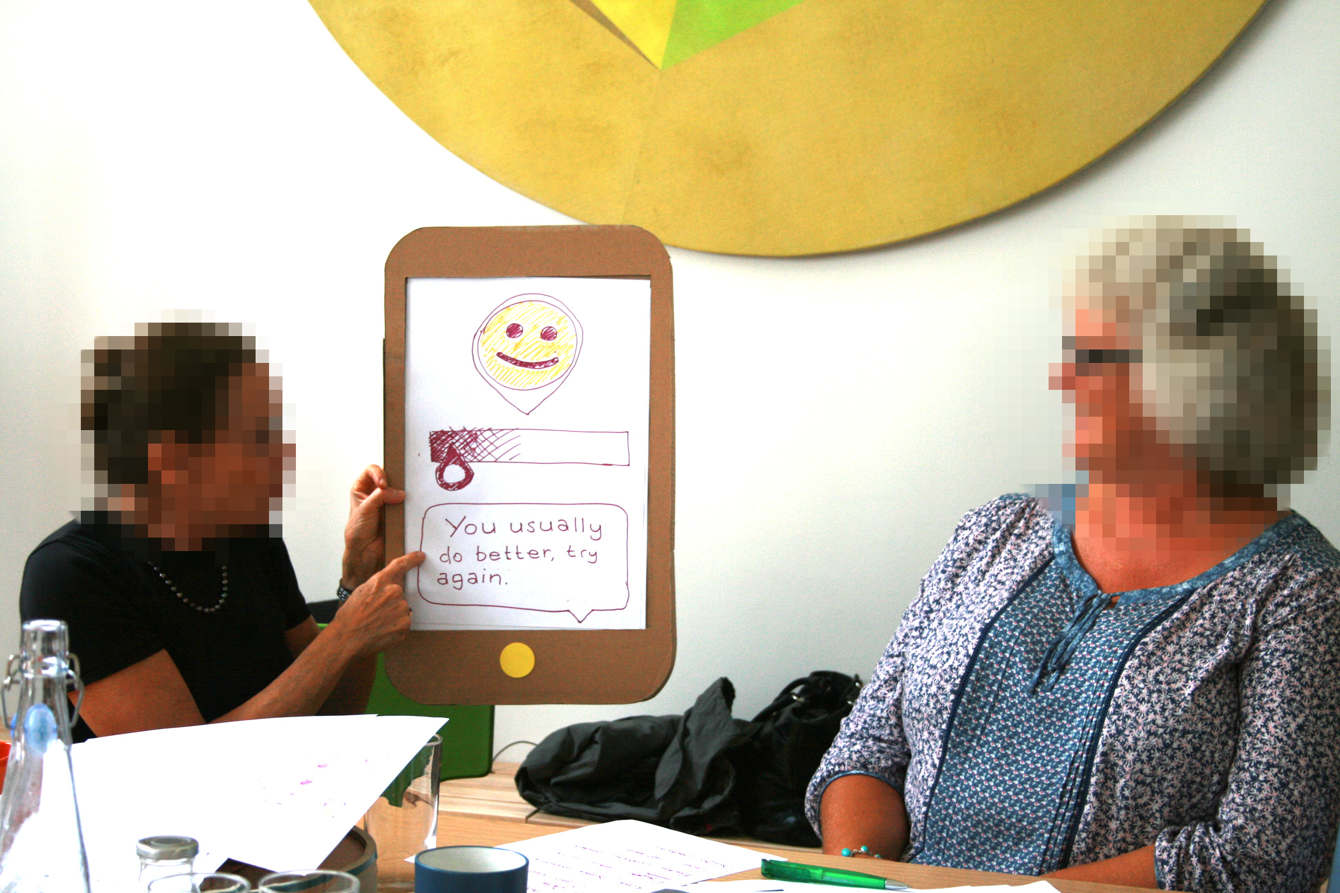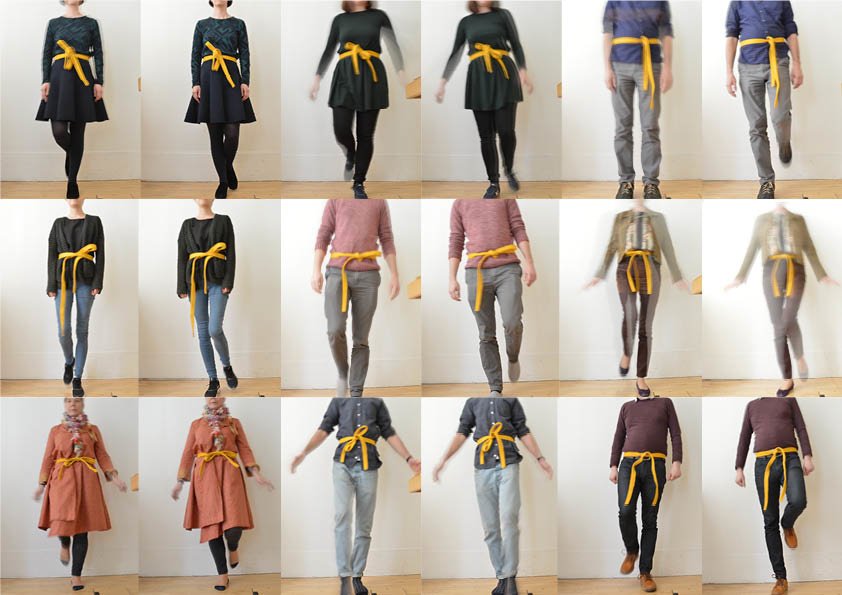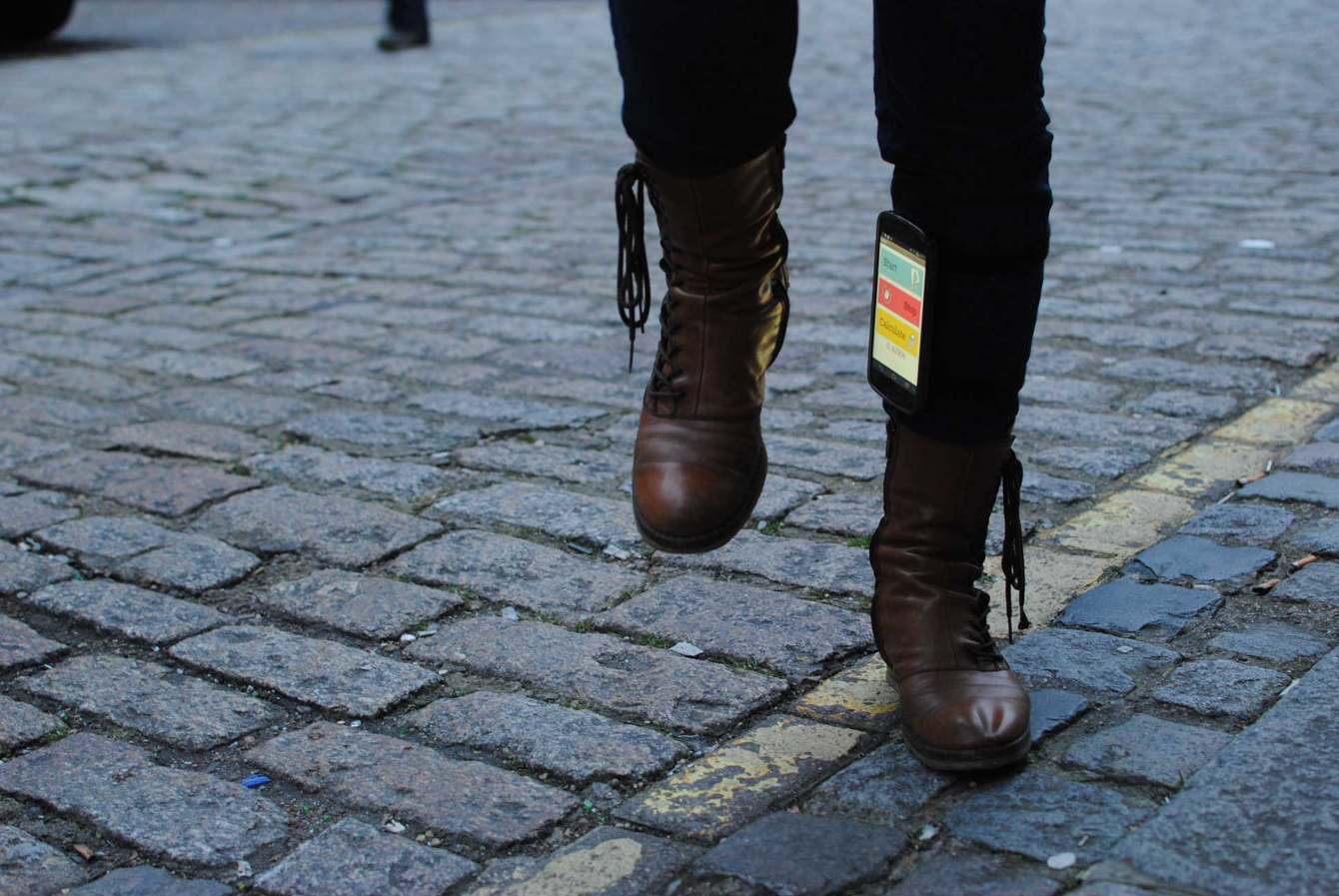Background / Issue and Objectives
Stannah Stairlifts are a 150-year manufacturer of lifts and stairlifts based in Andover, Hampshire. They have produced more than 500,000 stairlifts for older people who have trouble with going up and down stairs because of arthritis, hip replacements, multiple sclerosis or simply from old age. Stairlifts can enable people to have continued access to their whole house. The Stannah design team were looking to deeply understand older people’s attitudes to activity and well-being and use these to develop novel design concepts.
Approach
The first stairlift equipped home we visited belonged to a retired couple in their late 80’s. There we spotted several pairs of shoes with the left shoe scuffed, and the right shoe near spotless. Clare told us about her repeat falls and reluctance to buy a stairlift since she felt it would limit her mobility even further and akin to giving up.
A deeper look into the area of falls and ageing led to the finding that one-third of people aged 65 and over fall each year, and those who fall once, are two to three times more likely to fall again. Stairlift purchases are often delayed by people since they equate having a stairlift to a steep decline in mobility.
We conducted interviews with UK’s leading fall experts, people who attend stable and steady classes, physiotherapists and stairlift users. Visiting homes and attending classes gave us an understanding of tactics adopted by people recovery after a fall.
Following our research, we developed four opportunity areas for Stannah to consider including active re-enablement devices, lighting solutions for the home and body balance products. The Stannah team were interested in exploring products which positively impacted body balance.
Working to the redefined brief, we created a set of design research tools (see more here) and recruited participants who had impaired body balance. Our cohort were all actively trying to overcome their balance problems and leading full and busy lives.
The key insight from our ethnographic study was that balance health declines without many signals. This makes it different from declines in cardiovascular health which can be measured. There are neither tools nor language to communicate changes in balance health. Somebody might say they are wobbly or weak-kneed or clumsy, but these terms have different meanings for each person.
We then designed a better version of our app, using accelerometer readings to give feedback to individuals about their balance. We tested this app with 20 people over 10 days to get a rough understand whether a phone accelerometer could detect subtle differences in balance health. This was successful and we developed the first iteration of the balance iPhone app. This contained 3 exercises semi-tandem, tandem and single leg stands. Feedback encouraged us to explore a wearable device and create an even more engaging programme with more exercises.
Results
We developed a repository of 15 static and dynamic balance exercises and a “programmed random walk” exercise selector which would dial up or dial down the difficulty of the next exercise based on how well the person was performing. These exercises would be displayed on the balance app which could be paired with the balance wearable device a simple clip which can be attached to a belt or clothing above the navel. So now, the user could have a screen in front of them and be hands-free.
We believe that this wearable and app can work for the 250,000 people in the UK who are hospitalised each year because of falls. It will help them recover their balance health while also enabling people with stairlifts to exercise and maintain their sense of wellbeing and mobility.
As we age our risk of tripping and falling increases, this is often due to poor balance. Stannah have worked with industry experts and older people to create the Balance app. Using structured exercises that target and improve core stability, this excellent new product can be utilised as part of a prevention programme of therapeutic intervention, reducing risk and maintaining clients independence.
Kate Sheehan, Occupational Therapy Consultant, The OT Service
